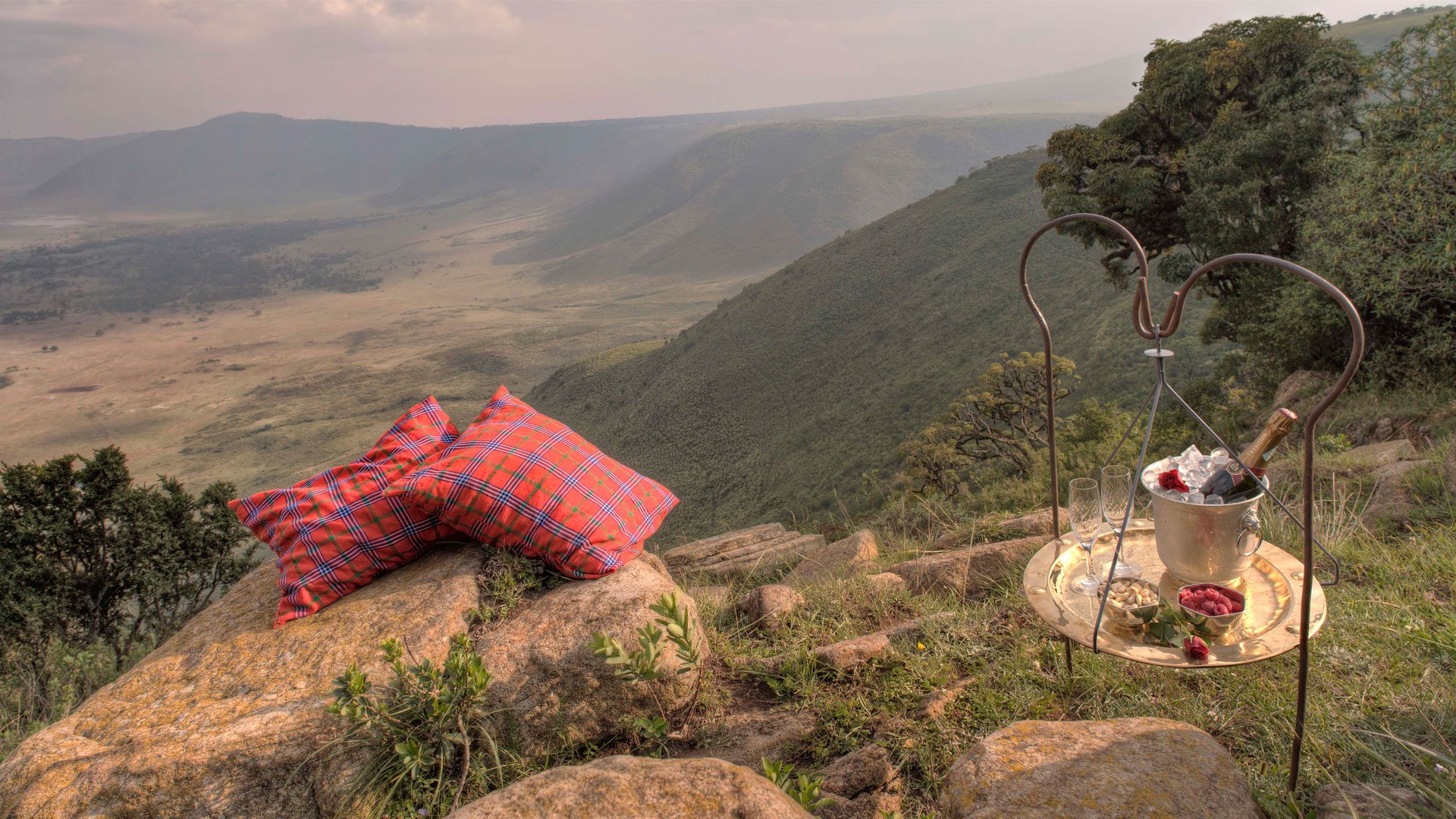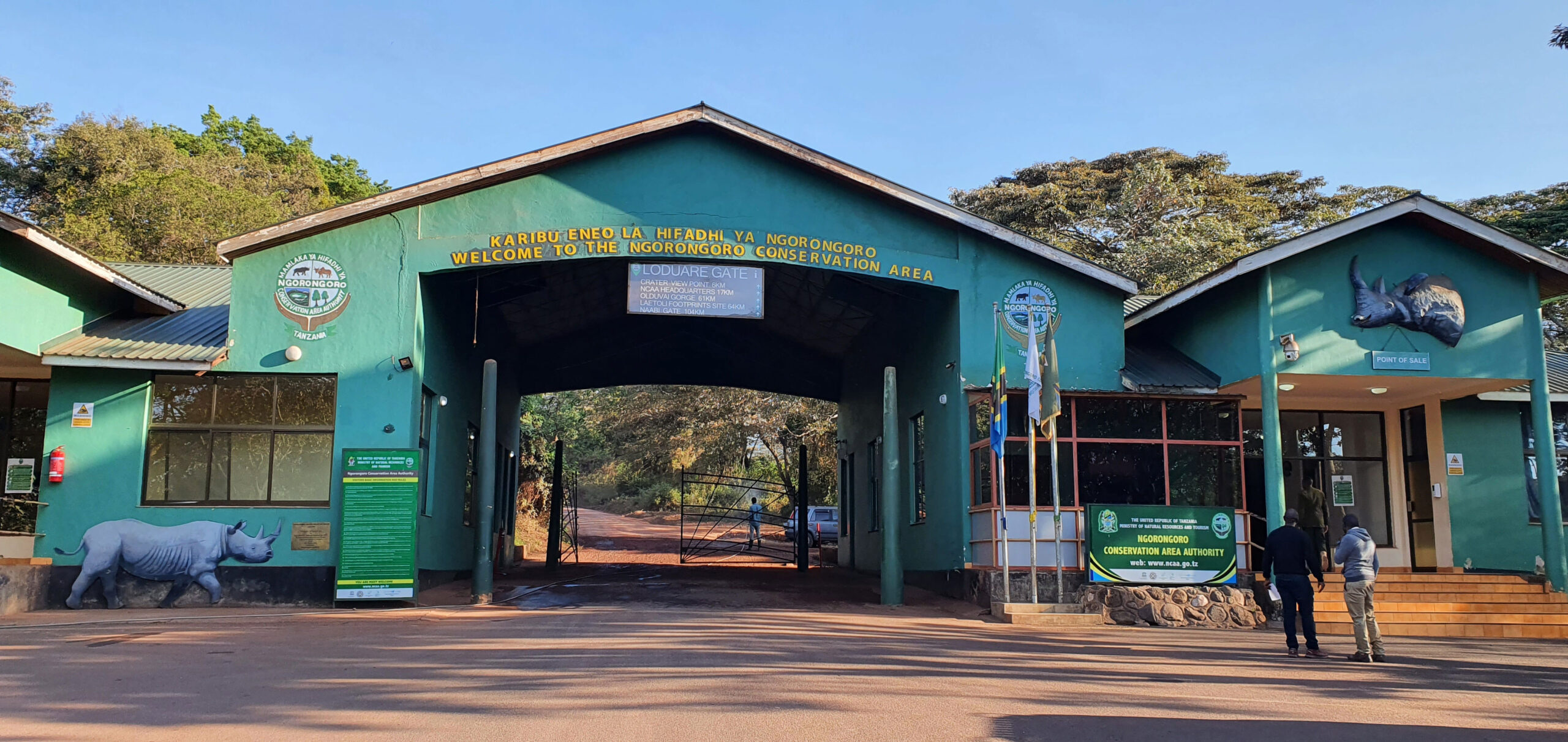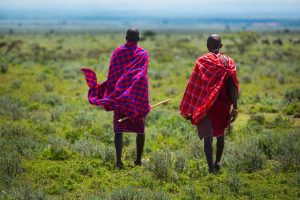Ngorongoro Conservation Area
The Ngorongoro Crater is one of Africa’s most famous sites and breathtaking natural wonder, largest un flooded and unbroken caldera in the world. This Area spans about 20Kms across and 300 square Kilometres in with vast expanse of highland plains, savannah, savannah woodlands and forests. What you didn’t know.. Sometimes described as an ‘eighth wonder of the world’, the Crater has achieved world renown, attracting an ever-increasing number of visitors each year. You are unlikely to escape other vehicles here, but you are guaranteed great wildlife viewing in a genuinely mind-blowing environment. There is nowhere else in Africa quite like Ngorongoro!
The Ngorongoro Conservation Area was established in 1959 as a multiple land use area, with wildlife coexisting with semi-nomadic Maasai pastoralists practicing traditional livestock grazing. The Area has a global importance for biodiversity conservation due to the presence of globally threatened species, the density of wildlife inhabiting the area, and the annual migration of wildebeest, zebra, gazelles and other animals into the northern plains.
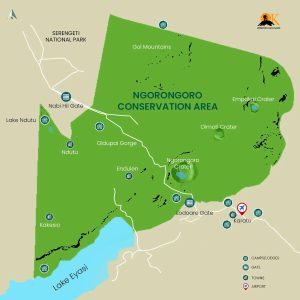
The crater floor consists of a number of different habitats that include grassland, swamps, forests and Lake Makat (Maasai for ‘salt’) – a central soda lake filled by the Munge River. All these various environments attract wildlife to drink, wallow, graze, hide or climb. Although animals are free to move in and out of this contained environment, the rich volcanic soil, lush forests and spring source lakes on the crater floor (combined with fairly steep crater sides) tend to incline both grazers and predators to remain throughout the year.
Extensive archaeological research at Oldupai Gorge has also yielded a long sequence of evidence of human evolution and human-environment dynamics, including early hominid footprints dating back 3.6 million years.
Wildlife Highlights
Ngorongoro Crater is one of the most likely areas in Tanzania to see the endangered Black Rhino, as a small population is thriving in this idyllic and protected environment. It is currently one of the few areas where they continue to breed in the wild. Your chances of encountering leopards here are also good, and fabulous black-maned lions. Many flamingos are also attracted to the soda waters of Lake Magadi.
Maasai village trips
Part of the reason behind the Ngorongoro Conservation Area has been to preserve the environment for the Maasai people who were diverted from the Serengeti Plains. Essentially nomadic people, they build temporary villages in circular homesteads called bomas. There are possibilities to visit a couple of these now, which have been opened up for tourists to explore. Here you can see how the huts are built in a strict pattern of order according to the chronological order of the wives, and experience what it must be like to rely on warmth and energy from a fire burning at the heart of a cattle dung dwelling with no chimney. These proud cattle herding people have a great history as warriors, and even though they are no longer allowed to build villages inside, they continue to herd their cattle into the crater to graze and drink, regardless of the predators nearby.
Why Visit Ngorongoro Conservation Area?
- Spectacular Wildlife Viewing – Ngorongoro Crater is home to over 25,000 animals, including the Big Five (lion, leopard, elephant, rhino, and buffalo), as well as cheetahs, hippos, and thousands of wildebeest and zebras.
- Rare Black Rhinos – One of the few places in Africa where visitors have a high chance of spotting the endangered black rhino in the wild.
- Unique Ecosystems – From the lush crater floor to the highland forests and savannas, Ngorongoro boasts diverse landscapes that support a variety of wildlife.
- Maasai Cultural Experience – Engage with the indigenous Maasai people, who have coexisted with wildlife in this region for centuries.
- Olduvai Gorge – The Cradle of Mankind – Visit this significant archaeological site where some of the earliest human fossils were discovered, providing insights into human evolution.
- Unmatched Scenic Beauty – The panoramic views from the crater rim are among the most stunning in Africa, offering picture-perfect landscapes.
Best Time to Visit Ngorongoro Conservation Area
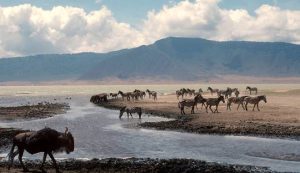
-
Dry Season (June to October) – Best for Wildlife Viewing
- Animals are easier to spot as they gather around water sources.
- The crater floor has shorter grass, making it easier to see predators.
- Pleasant weather with little to no rain.
- Can be crowded due to peak tourism.
-
Wet Season (November to May) – Best for Bird Watching & Green Landscapes
- Migratory birds arrive, making it a paradise for birdwatchers.
- Lush greenery transforms the crater into a breathtaking landscape.
- Wildebeest calving season (January to March) attracts predators, creating dramatic wildlife action.
- Fewer tourists, offering a more peaceful safari experience.
Things to Do in Ngorongoro Conservation Area
1. Game Drive in Ngorongoro Crater
A safari inside the Ngorongoro Crater offers one of the best wildlife experiences in Africa. Expect to see large elephant herds, prides of lions, hippos, flamingos in Lake Magadi, and the elusive black rhino.
2. Visit Olduvai Gorge
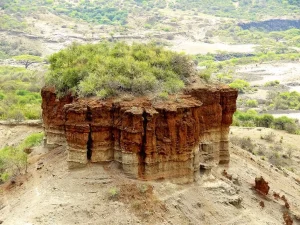
3. Engage in a Maasai Cultural Tour
Visit a Maasai boma (village) to experience the unique traditions, dances, and way of life of the Maasai people, who have lived in harmony with wildlife for generations.
4. Hike to Empakaai Crater
For adventure seekers, hiking to the Empakaai Crater offers breathtaking views and a chance to see flamingos at the crater lake. This off-the-beaten-path trek is perfect for nature lovers.
5. Bird Watching in Lake Magadi
Ngorongoro is home to over 500 bird species, including flamingos, ostriches, crowned cranes, and secretary birds. The wetlands and lakes attract migratory birds, making it a birdwatcher’s paradise.
6. Explore the Lerai Forest
This lush forest inside the crater is a great spot to see elephants, leopards, and baboons.
7. Visit Olmoti Crater
A less-visited destination, Olmoti Crater offers scenic hikes with waterfalls and stunning views of the highlands.
Plan Your Ngorongoro Adventure with Operation Kilimanjaro
Operation Kilimanjaro offers expert-guided safaris to Ngorongoro Conservation Area, ensuring an unforgettable experience filled with wildlife encounters, cultural exploration, and breathtaking landscapes. Whether you want a day trip from Arusha/Moshi or a multi-day safari combined with the Serengeti and Mount Kilimanjaro, we have customized packages to suit every traveler’s needs.
Book your Ngorongoro safari today and experience one of Africa’s greatest natural wonders!

